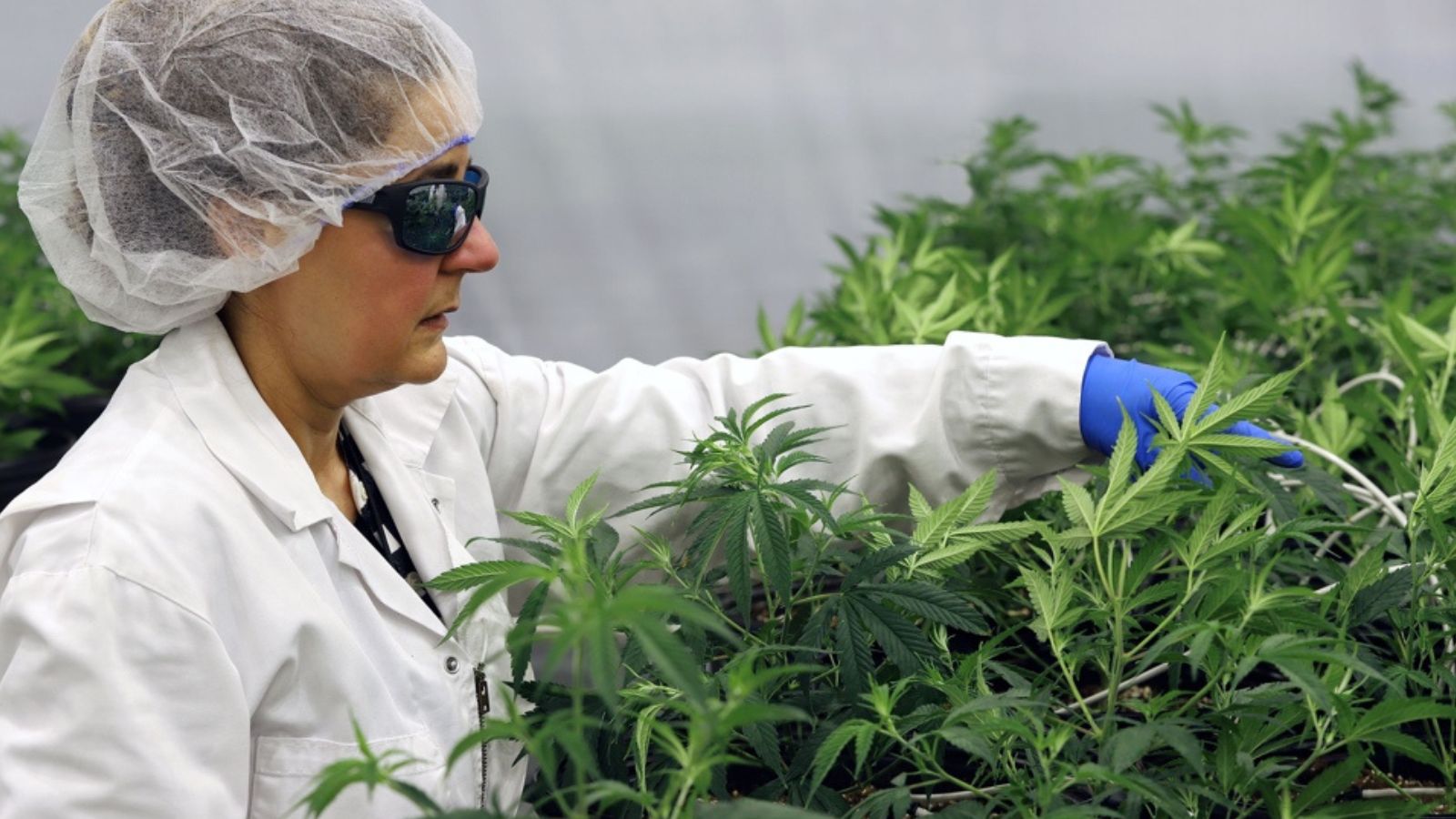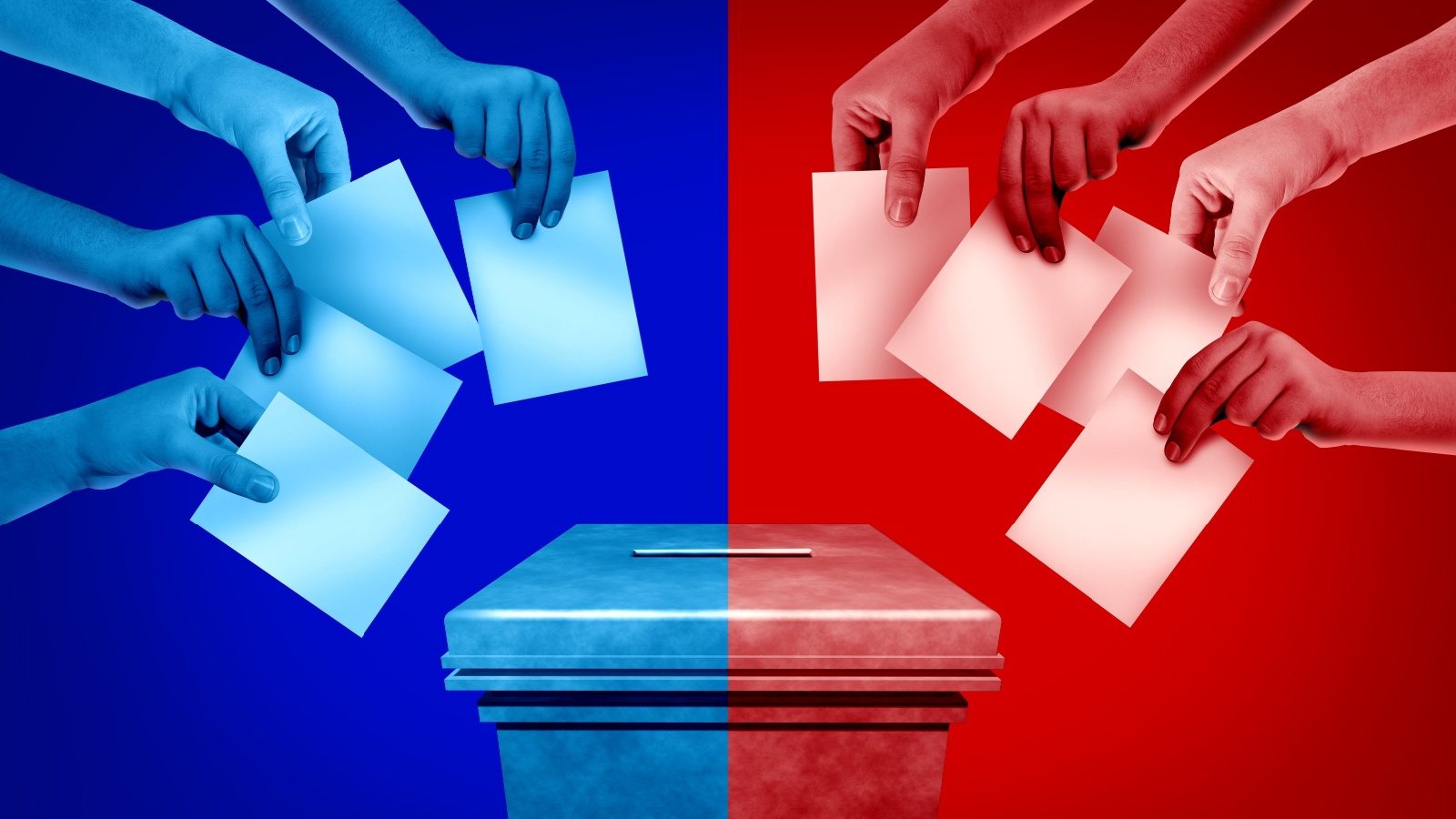Canada and the United States share a long border and strong economic ties, but when it comes to public policy and social infrastructure, the differences are hard to ignore. While Americans debate issues like healthcare costs, paid leave, and firearm access, Canadians benefit from systems designed with public interest at the core. Many of these policies are not just functional but widely supported by the population. Here are 18 Canadian advantages Americans often say they wish they had.
Universal Healthcare for All

Canada’s healthcare system offers publicly funded coverage to all citizens and permanent residents, regardless of income or employment status. Essential medical services like doctor visits, hospital stays, and diagnostic tests are covered. Funded through taxation and administered at the provincial level, this model eliminates surprise bills and avoids reliance on private insurance for basic care. While Americans often face high premiums, deductibles, and out-of-pocket costs, Canadians receive treatment based on need. Polls consistently show strong public support for the system. This universal access remains one of Canada’s most recognized advantages, especially in contrast to the U.S. healthcare debate.
Parental Leave That Actually Works

Canada provides up to 18 months of combined maternity and parental leave, with financial support through the Employment Insurance system. Parents can choose between standard leave with lower duration and higher payments, or extended leave with lower weekly benefits. Both mothers and fathers are eligible, and adoption is included. In contrast, the United States offers no federal paid leave policy, leaving many new parents without income or job security. Canadian workplaces are required to hold the parents’ jobs during leave. This system supports child development and family stability, making it a major advantage often cited by Americans in comparison.
Lower Prescription Drug Prices

Prescription drugs in Canada are significantly more affordable than in the United States. The Patented Medicine Prices Review Board regulates the maximum price of new medications, ensuring they remain within a reasonable range. Bulk purchasing through provincial health plans also helps drive prices down. In contrast, Americans often face unregulated pricing, leading to higher out-of-pocket costs. Many Canadians with chronic conditions receive coverage through public or employer plans. This system helps prevent financial hardship due to medical treatment.
Stronger Gun Control Laws

Canada enforces strict firearm regulations that prioritize public safety. Gun owners must obtain licenses, pass background checks, and complete safety training. Certain types of firearms, including most assault style weapons, are banned. There is also a national registry for restricted firearms. Unlike the United States, where gun laws vary widely by state and ownership is protected constitutionally, Canada maintains a more centralized and cautious approach. Mass shootings are less frequent, and gun violence rates are lower. These regulations reflect broad public support and a preventive philosophy, making Canada’s gun laws a major point of contrast that many Americans take note of.
Transparent Food Labeling

Canada requires clear, standardized food labeling that includes nutritional information, ingredient lists, and allergen warnings. Packaged foods must display bilingual labels with regulated formatting, making it easier for consumers to compare products and understand what they are eating. Front-of-package labeling is being implemented for high sodium, sugar, or saturated fat content. Unlike the U.S., where label regulations are less uniform and often influenced by industry lobbying, Canada places strong emphasis on consumer protection. These transparent standards help Canadians make informed dietary choices, contributing to public health efforts and earning admiration from Americans seeking better food information and accountability.
Legal Cannabis Nationwide

In 2018, Canada legalized recreational cannabis at the federal level, becoming the first G7 country to do so. Adults can possess up to 30 grams and grow a limited number of plants for personal use. Each province manages retail distribution and public consumption rules. Legalization helped reduce illegal sales and provided tax revenue for education and healthcare initiatives. Unlike in the United States, where cannabis remains federally illegal despite state-level legalization, Canada’s unified approach brings clarity and regulation to the entire system. Many Americans view Canada’s model as more consistent, safer, and easier to navigate for both consumers and businesses.
Ranked Choice Voting Experiments

Some Canadian cities have experimented with ranked-choice voting to improve electoral outcomes. In 2018, London, Ontario, became the first municipality to use this system, where voters rank candidates in order of preference. Although later restricted by provincial legislation, the trial generated public interest and conversation around reform. Ranked choice voting can reduce strategic voting, promote broader candidate support, and improve voter satisfaction. While the United States has implemented this system in select cities and states, Canada’s local governments have shown initiative in exploring alternatives to traditional voting methods.
Public Broadcasting Without Ads

Canada funds its national broadcaster, CBC/Radio-Canada, through public financing, allowing it to operate with limited or no advertising on many platforms. This model supports unbiased news coverage, cultural programming, and Indigenous content across TV, radio, and digital media. Unlike U.S. networks that rely heavily on corporate advertising, Canada’s public broadcaster can focus on educational and regional content without commercial pressure. Viewers benefit from programming that reflects national identity and public interest rather than market trends. This approach helps maintain journalistic integrity and accessibility, making public broadcasting in Canada a feature many Americans say they wish existed in their system.
National Parks That Are Free to Visit

Canada offers free admission to national parks for youth under 18 and has issued free Discovery Passes during major celebrations, such as the 150th anniversary of Confederation. Parks Canada manages a wide range of protected areas, offering affordable access to nature and recreation. Some provinces, including Alberta and Saskatchewan, provide free or low-cost entry to provincial parks as well. In comparison, U.S. national park fees can be high, especially for families. Canada’s emphasis on accessible outdoor experiences supports public health, environmental education, and tourism.
Student Loan Relief Programs

Canada offers income-based repayment plans and interest-free student loans for low-income borrowers through federal and provincial programs. In 2023, the government permanently eliminated interest on federal student loans, easing the financial burden on graduates. Repayment assistance is available for those struggling to meet minimum payments, and thresholds adjust with inflation. Unlike in the United States, where student debt often leads to long-term financial stress, Canada’s policies aim to keep education affordable and debt manageable. These structured supports help ensure that postsecondary education remains accessible without lifelong financial consequences, making Canadian students’ experience more stable in comparison.
Streamlined Immigration System

Canada operates a points-based immigration system that evaluates applicants on factors like education, work experience, language skills, and age. Programs such as Express Entry, the Provincial Nominee Program, and pathways for international students and skilled workers help meet labor market needs. Processing times have improved through digitization and clear criteria. Unlike the often complex and unpredictable U.S. system, Canada’s approach is more transparent and structured. Immigrants receive access to healthcare, education, and settlement support upon arrival. This efficiency and clarity have made Canada a global model for economic immigration, and many Americans view it as a more welcoming and practical system.
Emphasis on Work Life Balance

Canada promotes work-life balance through labor regulations, paid time off, and cultural attitudes that prioritize personal well-being. Most full-time employees receive at least two weeks of paid vacation, and parental leave policies are well established. Overtime rules and maximum work hour limits vary by province but are enforced to protect employee rights. Hybrid and remote work options have expanded across industries. Compared to the hustle culture often seen in the U.S., Canadians place greater value on time with family and mental health.
No-Tipping or Low-Tipping Culture in Some Areas

While tipping is common in Canadian restaurants, expectations are generally lower than in the United States. In some provinces and industries, especially outside major urban centers, a smaller tip is still considered polite and fair. Minimum wages for service workers are also more standardized, reducing reliance on tips to meet basic income. Some businesses have introduced no-tipping models with built-in service charges. Compared to the U.S., where tipping often compensates for low base wages, Canada’s approach feels more stable and equitable to both workers and customers.
Less Political Polarization

Canada maintains a more moderate political climate compared to the deep polarization seen in the United States. Multiple parties represent a range of views, reducing the dominance of a single ideological divide. Electoral rules, publicly funded campaigns, and stricter media regulations contribute to civil discourse. While disagreements exist, Canadian politics generally features less hostility and fewer extremes. Policy debates focus more on outcomes than personal attacks. This environment fosters cooperation and broader representation. Many Americans observing Canadian politics appreciate the reduced tension and healthier public dialogue, making it an aspect of Canadian life that stands out in today’s divided global climate.
National Ban on Single-Use Plastics

Canada began phasing out several single-use plastic items in 2022, including plastic bags, cutlery, straws, and certain food containers. This federal initiative aims to reduce pollution and meet environmental targets under the Zero Plastic Waste agenda. Businesses have adapted by offering compostable or reusable alternatives. While some countries have implemented partial or local bans, Canada’s approach is comprehensive and enforceable nationwide. The public has largely supported the change, recognizing its long-term environmental impact. Americans who face piecemeal regulations across states often point to Canada’s consistent federal leadership as a model for addressing waste and sustainability.
Stronger Bank Regulations

Canada’s banking system is known for its stability, especially during periods of global economic uncertainty. Regulatory oversight by the Office of the Superintendent of Financial Institutions ensures that banks maintain adequate capital reserves and follow strict lending standards. During the 2008 financial crisis, Canadian banks remained solvent without requiring major bailouts. Consolidation into a small number of well-capitalized institutions also contributes to stability. In contrast, the U.S. experienced widespread bank failures and systemic risk. Many Americans view Canada’s financial safeguards as more prudent and protective for everyday consumers, reducing the likelihood of sudden collapses or unchecked lending practices.
Investment in Indigenous Reconciliation

Canada has made formal commitments to Indigenous reconciliation through government funding, legal recognition, and public education initiatives. The Truth and Reconciliation Commission issued 94 Calls to Action, many of which have informed national and provincial policies. Investments target Indigenous healthcare, housing, language revitalization, and land claims. Statutory holidays like the National Day for Truth and Reconciliation reflect public acknowledgment of historic injustices. While progress is ongoing and challenges remain, Canada’s structured approach to reconciliation stands out.
Public Transit in Major Cities

Canadian cities like Toronto, Vancouver, and Montreal maintain well-integrated public transit systems that include buses, light rail, and subways. Investments in infrastructure and service expansion have improved urban mobility and reduced reliance on private vehicles. Fare structures are generally affordable, and many systems offer monthly passes and discounted rates for students and seniors. While the U.S. struggles with underfunded transit in many cities, Canada continues to prioritize public transportation through provincial and federal programs. Strong ridership levels and ongoing upgrades make Canadian transit a model of accessibility and urban planning.
21 Products Canadians Should Stockpile Before Tariffs Hit

If trade tensions escalate between Canada and the U.S., everyday essentials can suddenly disappear or skyrocket in price. Products like pantry basics and tech must-haves that depend on are deeply tied to cross-border supply chains and are likely to face various kinds of disruptions
21 Products Canadians Should Stockpile Before Tariffs Hit
